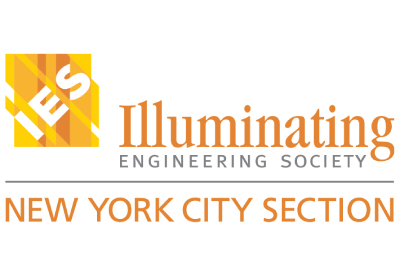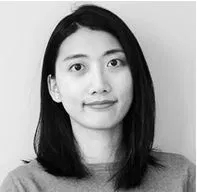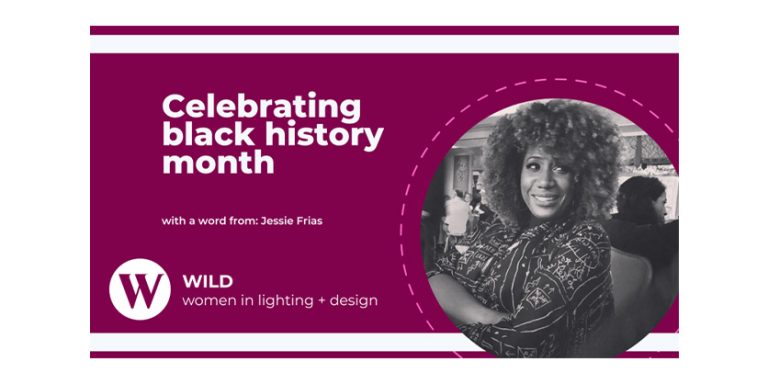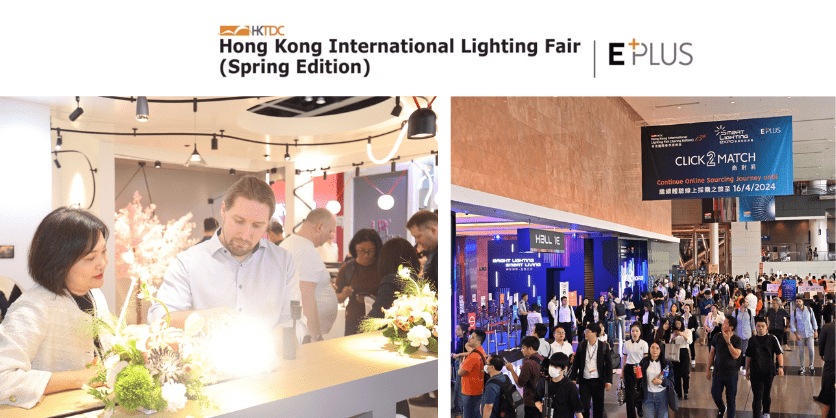IESNYC Announces the Three Recipients of the 2021 IESNYC Thesis Awards

July 6, 2021
The New York City Section of the Illuminating Engineering Society (IESNYC) honored Daniel Reinhard, MS in Lighting, at the Lighting Research Center (LRC), Rensselaer Polytechnic Institute (RPI); Hsin-Ying Huan, MFA Lighting Design from Parsons the School of Design; and Bobby Bradley, Master of Professional Studies in Lighting Design at the New York School of Interior Design (NYSID), on June 23, 2021 when they presented their winning theses to a virtual audience of educators, students, and lighting professionals. The IESNYC awarded each recipient $2,000.
Each student had been selected by their respective professors who recognized them for their pioneering work in the fields of lighting design and/or lighting research.
Daniel Reinhard has worked in business management at several architecture and lighting firms and served as a project manager at a company that specializes in fine art fabrication and engineering of LED-based sculptures. Prior to entering the business world, he graduation from the University of Chicago with a degree in Linguistics. In 2020 Fall he began his master’s at Rensselaer’s Lighting Research Center. He recently won a scholarship from DLF-NE for his presentation on the theme of “Light and Change.” He is currently employed as a designer at HLB Lighting Design.
 Thesis title: High Application Efficacy with 3D-Printed Custom Optics for Indoor Lighting Application
Thesis title: High Application Efficacy with 3D-Printed Custom Optics for Indoor Lighting Application
Additive manufacturing of custom optics represents an exciting new frontier of energy-efficient lighting design. As this technology advances, it may become more feasible to use 3D-printed lenses in lighting applications. Previous studies have shown that improved optics in outdoor light fixtures can direct a high percentage of flux from the light source to the target area and produce more uniform illuminance, thus increasing energy efficiency and user acceptability in specific lighting applications, such as parking lots. This study seeks to determine if custom optics designed and 3D printed can be used to increase energy efficiency in the illumination of an interior space such as an open office.
 Prior to attending Parsons, Hsin-Ying Huang earned a bachelor’s and a master’s degree in architecture from Tamkang University in Taiwan. As a designer, she concentrates on exploring how to enhance human senses and perceptions by utilizing lighting in architecture. Based on her background in architecture, digital design and fabrication, she is currently interested in improving the lighting design workflow with parametric tools. She has been an intern at BR+A since April of 2021 and will continue working there as a full-time lighting designer.
Prior to attending Parsons, Hsin-Ying Huang earned a bachelor’s and a master’s degree in architecture from Tamkang University in Taiwan. As a designer, she concentrates on exploring how to enhance human senses and perceptions by utilizing lighting in architecture. Based on her background in architecture, digital design and fabrication, she is currently interested in improving the lighting design workflow with parametric tools. She has been an intern at BR+A since April of 2021 and will continue working there as a full-time lighting designer.
Thesis Title: Possibility of Parametric Design for Electrical Lighting Practice
This thesis explores how to develop the lighting design process utilizing parametric tools. While daylight has been studied in parametric design over the past six years, electric lighting design has barely been discussed in this area. 3D visualization of lighting layouts could be a way to optimize lighting design and improve the workflow efficiently. This study would like to demonstrate a possibility: there is a feasible workflow for electric lighting design utilizing parametric digital tools, that will improve the design process in SD and DD by improving the photometrically accurate lighting visualizations used to communicate with others including architects, engineers, and clients, and by improving iterative lighting calculations.
 Bobby Bradley graduated with a BFA in Theatrical Design from Baylor University in 2006. Upon graduation he worked in New York City in the live entertainment lighting industry primarily in broadcast TV, Off Broadway Theater, Fashion Week NYC, trade show design, and several other live event formats. He has also been involved in environmental conservation and relocated to Namibia for several years to volunteer at the Cheetah Conservation Fund helping develop technology strategies to support researchers. During his final summer semester at NYSID he is working to establish a lighting design studio in Western North Carolina to expand his experience in theatrical lighting design to include architectural lighting design. The studio will be positioned to provide a new and unique set of design services in the southeast region.
Bobby Bradley graduated with a BFA in Theatrical Design from Baylor University in 2006. Upon graduation he worked in New York City in the live entertainment lighting industry primarily in broadcast TV, Off Broadway Theater, Fashion Week NYC, trade show design, and several other live event formats. He has also been involved in environmental conservation and relocated to Namibia for several years to volunteer at the Cheetah Conservation Fund helping develop technology strategies to support researchers. During his final summer semester at NYSID he is working to establish a lighting design studio in Western North Carolina to expand his experience in theatrical lighting design to include architectural lighting design. The studio will be positioned to provide a new and unique set of design services in the southeast region.
Thesis Title: Western Washington University Buchanan Towers – “Expand the Light from Within”
Situated in the coastal area of Washington State, Western Washington University’s new dorm development aims to be a sustainable and environmentally sensitive building project while taking design cues from the surrounding natural environment. Lighting Design goals for the project include exterior lighting meeting Dark Sky Model Lighting Ordinance, utilizing tunable white lighting indoors to harmonize blue light exposure with the time of day, utilizing natural wood finishes in decorative luminaires, and hidden indirect lighting elements integrated into interior architectural features.









